Why personal branding is now your career strategy, not a side hustle
From LinkedIn to burnout, here’s how personal branding is reshaping modern career paths
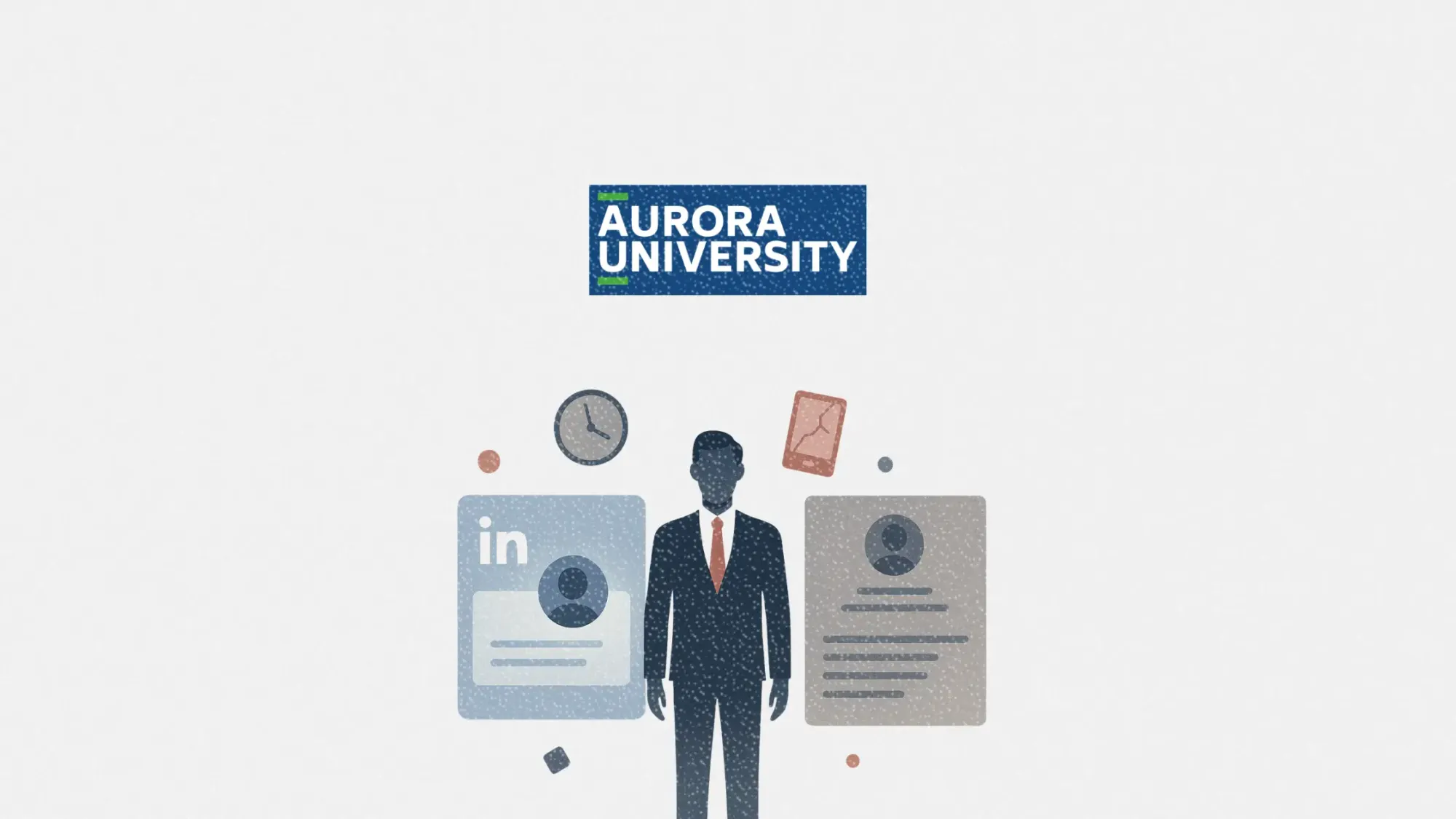
Personal branding isn’t just for influencers anymore. A national survey conducted for Aurora University finds that professionals across industries are treating their online presence as a non-negotiable career tool, often more important than a resume.
This article explores how personal branding is shifting from a nice-to-have to a strategic imperative. From leadership positioning to burnout risks, we break down what this means for professionals and how marketers can use the insight to build stronger career narratives, both for themselves and their brands.
Short on time?
Here’s a table of contents for quick access:
- The resume is no longer king
- Platforms and branding tactics professionals are using
- Rebranding for leadership, grad school, or purpose
- Burnout and the emotional toll of always being “on”
- What marketers should know
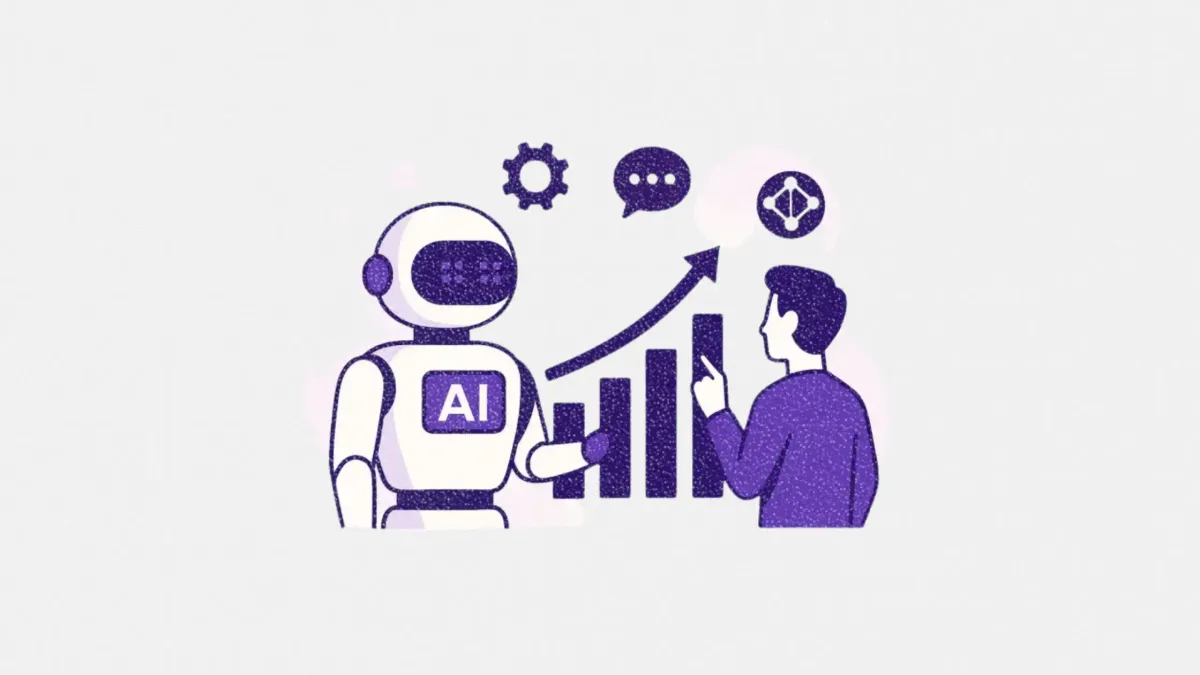
The resume is no longer king
In 2025, half of American professionals believe a strong personal brand will matter more than a strong resume. That number jumps to 61% among business executives. Even director-level professionals are split evenly, signaling that branding now defines how opportunity is evaluated across ranks.
LinkedIn remains the top personal branding platform (64%), but many also rely on social media (30%), personal websites (29%), and bios or “About” sections (27%) to signal who they are and what they bring to the table.
Why does it matter? Because branding works. Among respondents, 34% said their personal brand helped them build stronger networks, 27% scored interviews, and 22% landed jobs. But it's not just about activity. It’s about alignment. One in five said they lost opportunities because their online presence didn’t match their professional identity.

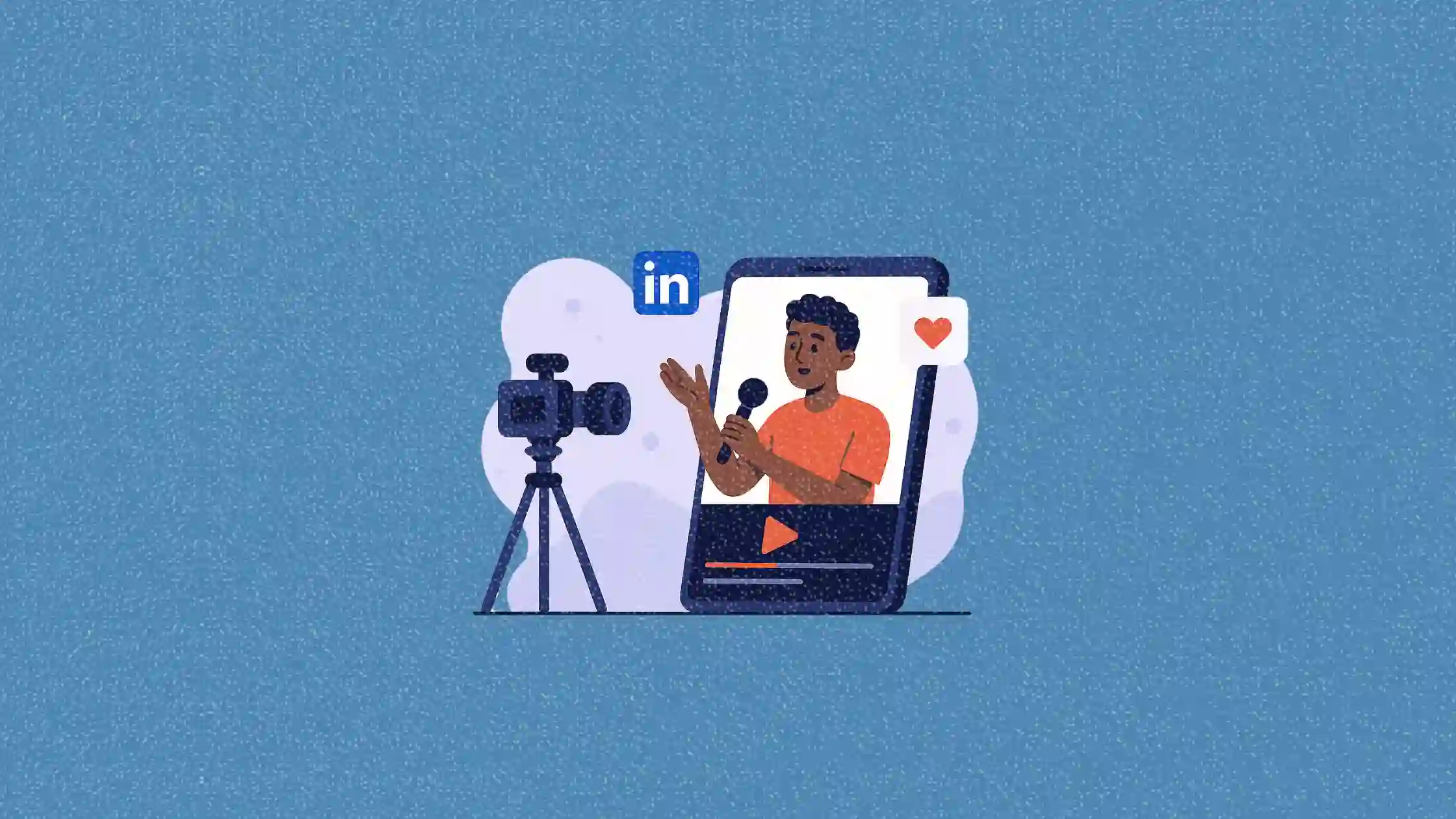
Platforms and branding tactics professionals are using
Most professionals are still figuring out how to strike the right balance. Only 12% post or comment strategically. Most either post only when relevant (39%) or lurk silently (35%). Despite that, professionals are making updates more often. 32% do it a few times a year, 19% monthly, and 10% weekly.
The top LinkedIn branding priorities? Demonstrating skills and expertise (58%), followed by showcasing purpose and values (24%), signaling career pivots (24%), or hinting at leadership potential (20%).
Gen Z is especially proactive. A full 28% of them update LinkedIn quarterly, 23% monthly, and 9% weekly, showing early-career professionals are investing in their digital footprint early and often.
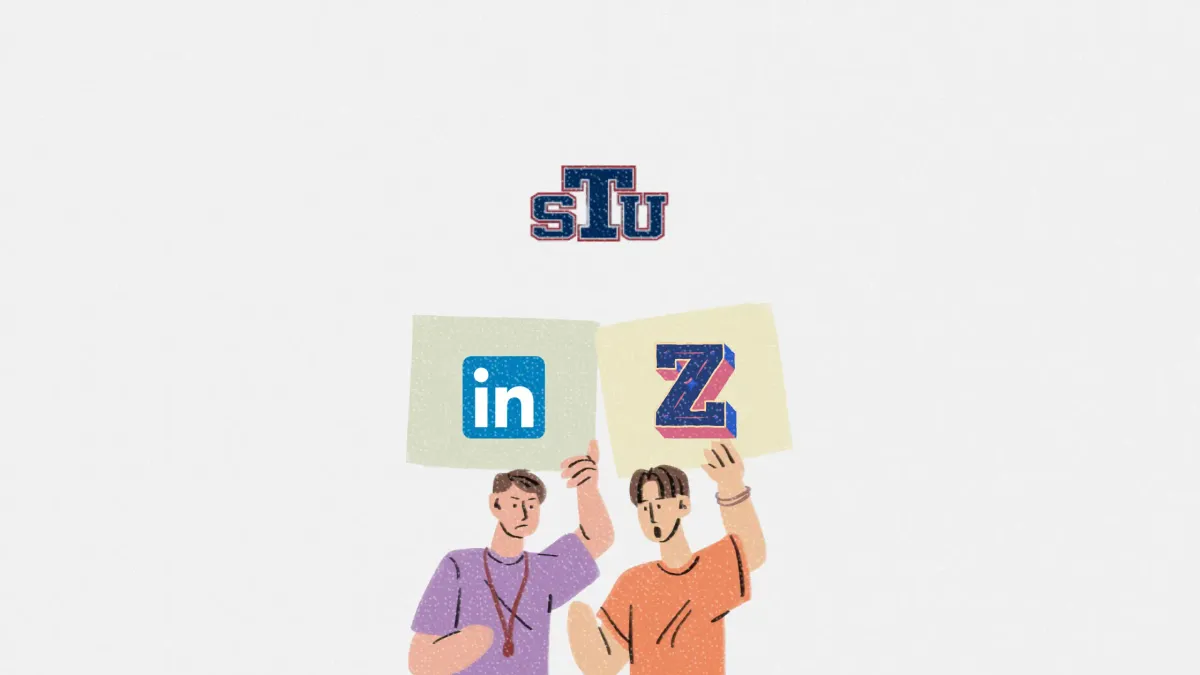
Rebranding for leadership, grad school, or purpose
Personal branding is no longer about vanity. It’s about signaling what’s next.
Nearly 1 in 3 professionals (32%) said they are actively repositioning their personal brand to transition into a new industry, role, or career level. For Gen Z, it’s 40%. Top reasons include seeking more purpose (27%), recovering from a career plateau (20%) or burnout (17%), and filling resume gaps (12%).
It’s not just about job hunting either. Nearly half (49%) of all respondents use their personal brand to prepare for grad school or leadership roles. That number spikes for Gen X (54%) and Gen Z (52%).
Personal branding is also helping nontraditional professionals validate alternative paths. 39% said their brand helped legitimize unconventional career choices. For marketers mentoring new talent or making pivots themselves, this presents a playbook worth noting.
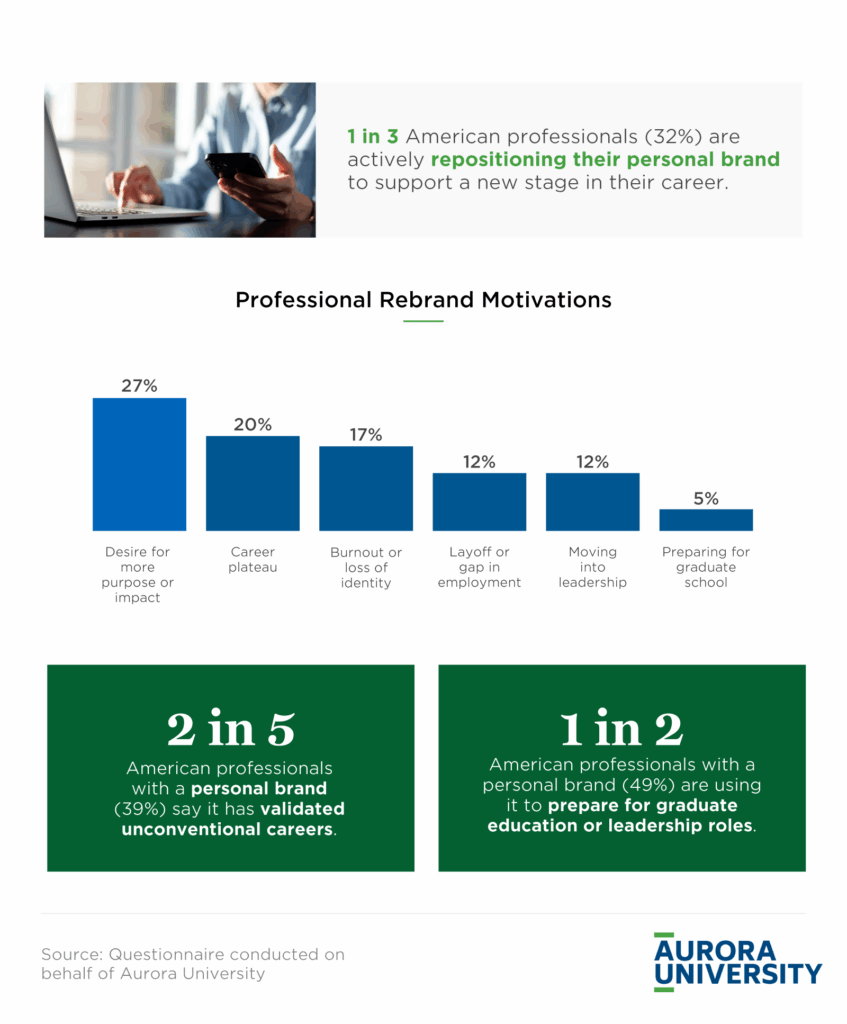
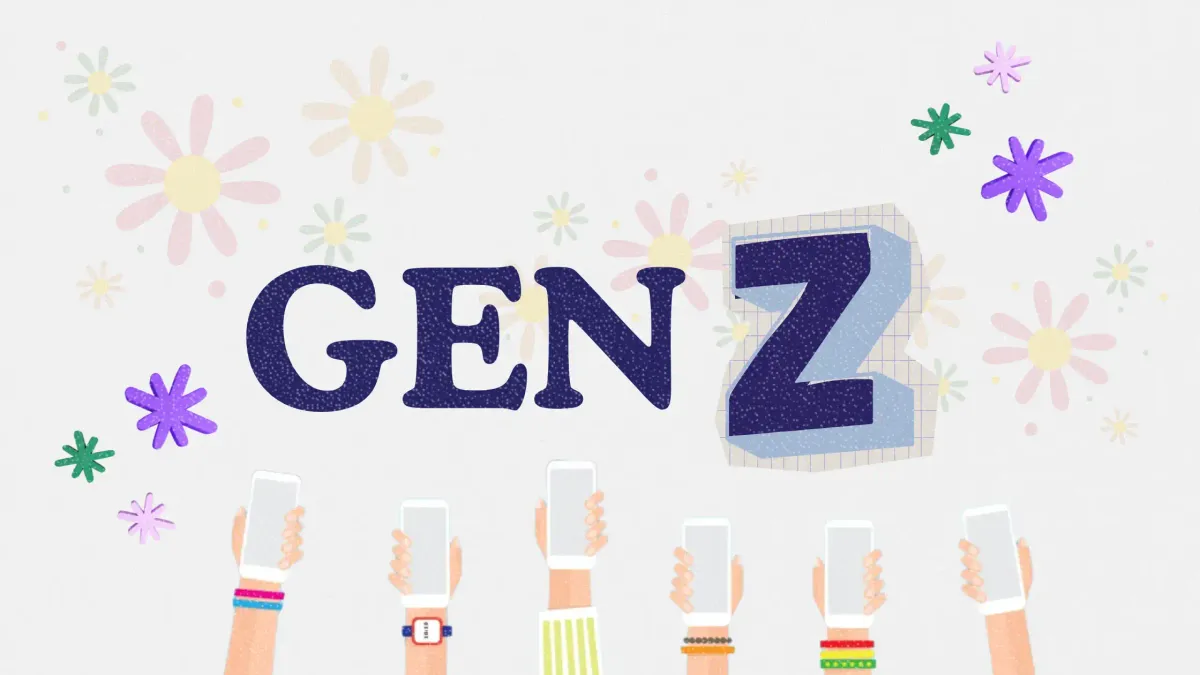
Burnout and the emotional toll of always being "on"
With personal branding becoming a strategic necessity, many are feeling the pressure.
About 38% said maintaining a personal brand caused stress or burnout in the past year. For Gen Z, that climbs to 40%. Millennials weren’t far behind at 30%. And for some, it’s like having a second job. 38% said personal branding feels like extra work they didn’t sign up for.
The pressure to appear polished and “on-brand” leads to reactive behavior. Nearly half (46%) have deleted or revised posts out of fear of judgment. One in five feel constant pressure to present a curated, possibly inauthentic, version of themselves.
Platforms like LinkedIn (41%), Substack (51%), Instagram, and TikTok (47%) were cited as leading contributors to branding burnout. Two in five professionals have taken a branding break, with a third of those stepping away for over three months.
What marketers should know
Whether you’re building your own brand or coaching clients through one, here are the key takeaways:
1. Treat your LinkedIn like a living pitch deck
If resumes are losing relevance, think of your profile as your new front door. Regular updates to reflect career shifts, new wins, or thought leadership are no longer optional.
2. Help your team brand up, not burn out
If you're managing junior staff or creators, recognize that visibility comes with emotional labor. Build branding into workflows, and consider offering tools or mental health support for those managing public-facing personas.
3. Use personal branding in recruiting and client trust
Candidates with coherent online brands are easier to vet, and clients trust agencies and partners who visibly practice what they preach. Make branding part of your team’s strategic training, not an afterthought.
4. Watch for authenticity fatigue
As more professionals polish their online images, authenticity becomes harder to spot. Keep your own branding rooted in values and clarity. Audiences can feel when you're faking it.
The rise of personal branding as a career-defining tool shows no signs of slowing. For professionals and marketers alike, it’s a wake-up call. Visibility, once optional, is now strategic currency. But as the emotional toll of digital curation rises, the challenge ahead is learning how to show up consistently without burning out.
Building a strong brand is important. But maintaining one without losing yourself? That’s the new leadership skill.







